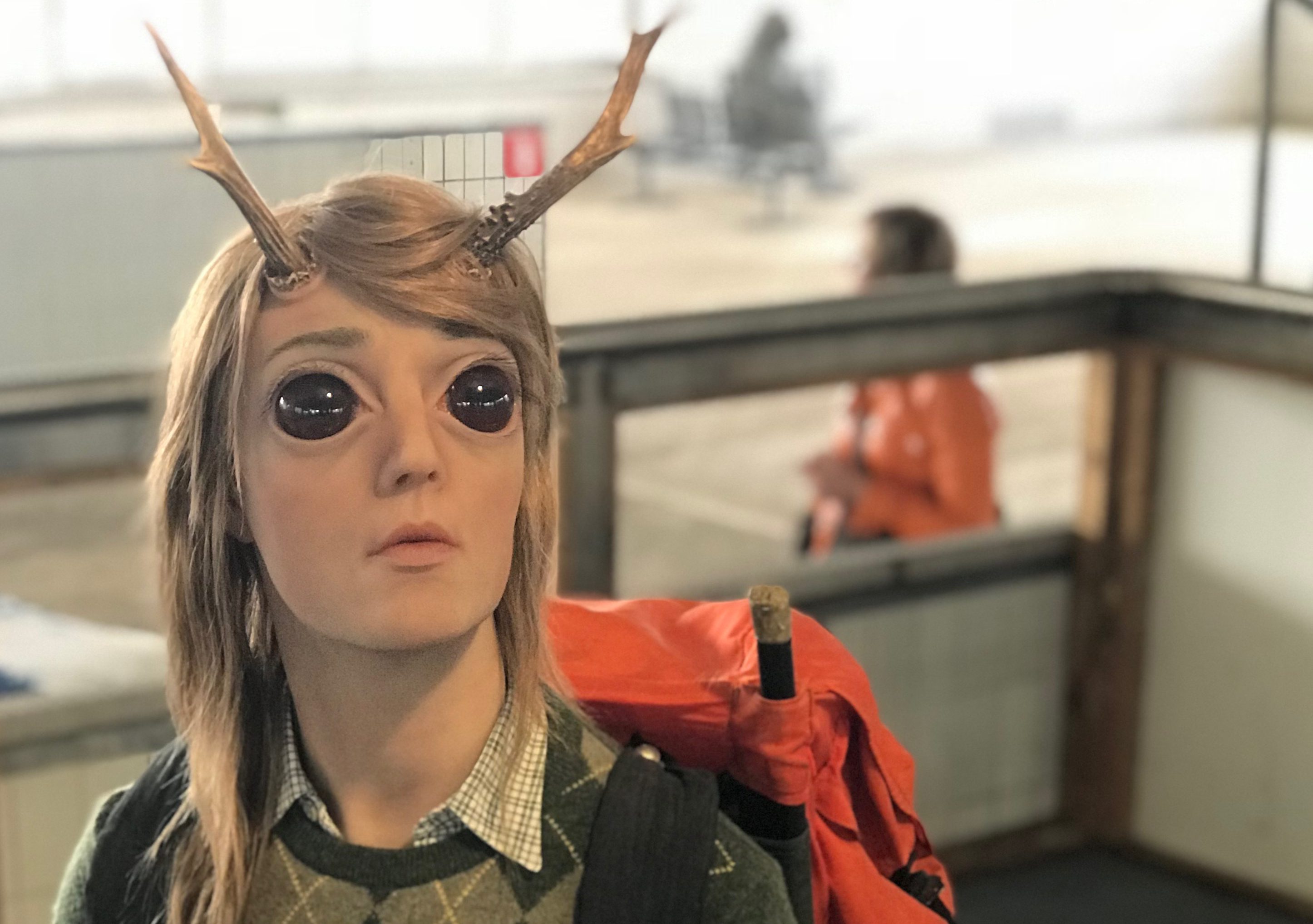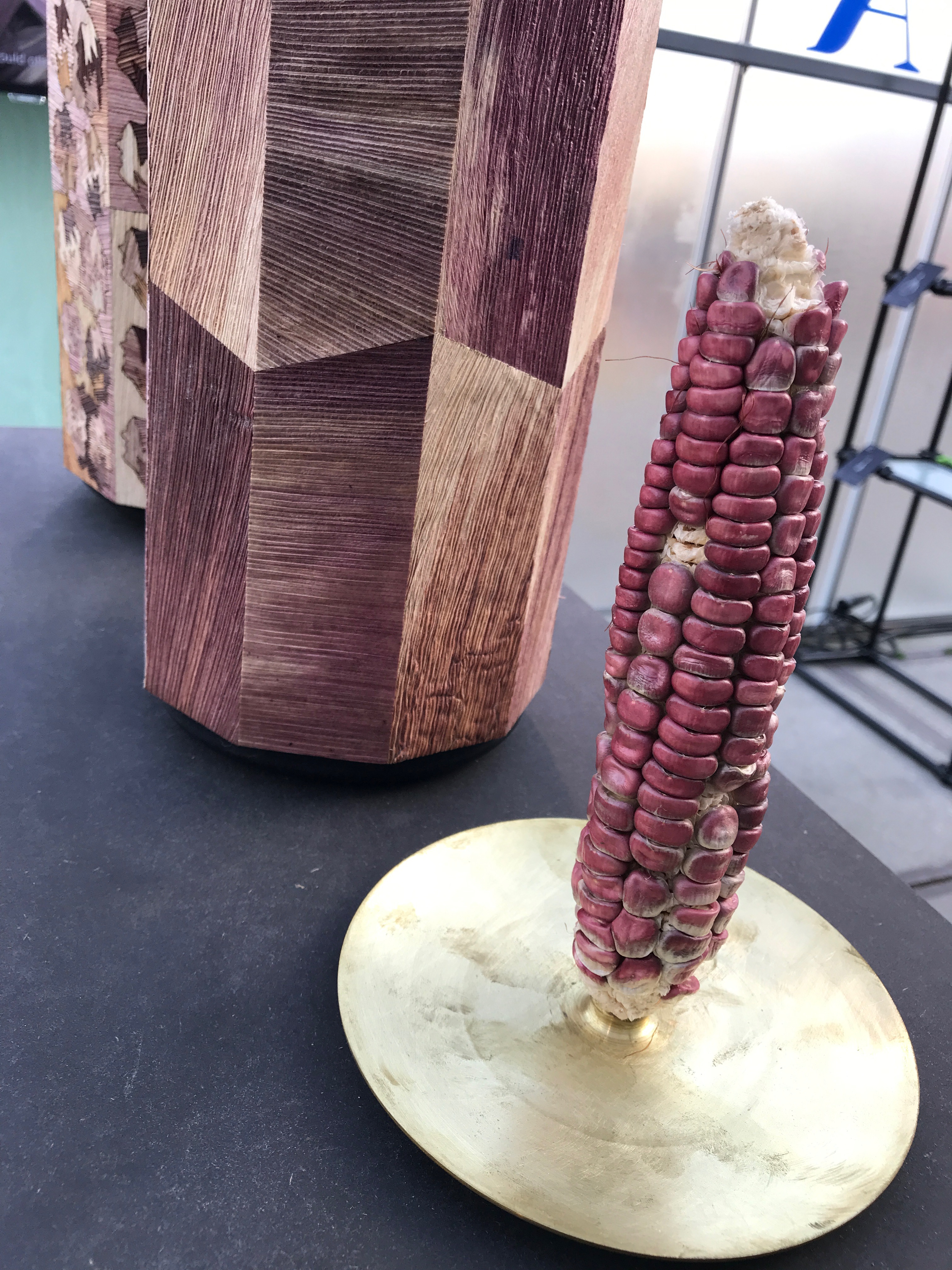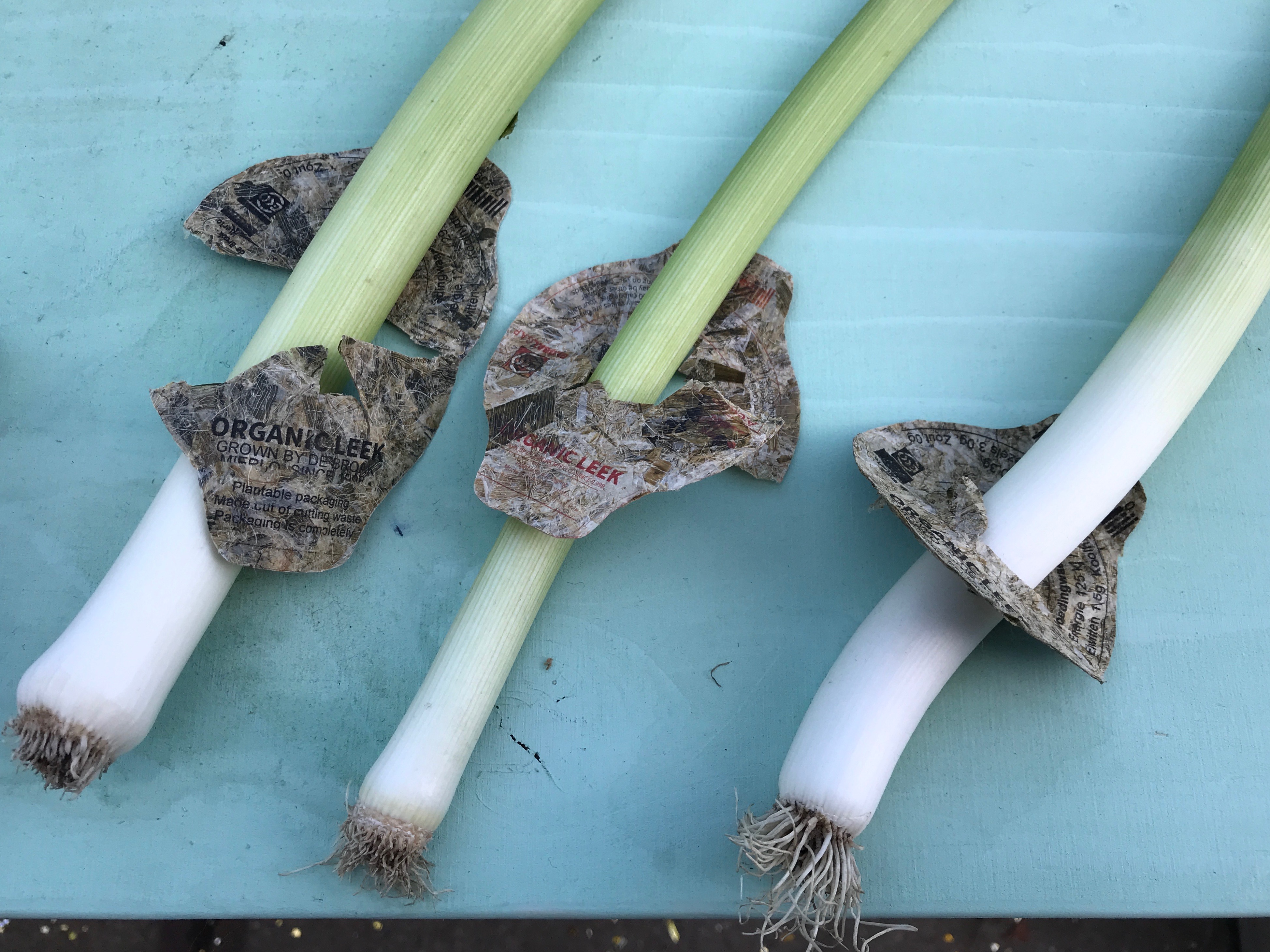So hip it hurts: Human connections in a tech-obsessed world
“For good ideas and true innovation, you need human interaction, conflict and debate.” Dat technologie niet heiligmakend is weten we ondertussen al. ‘Tech’ moet ten dienste staan van ons als mens en niet andersom. Dat lijkt evident, maar je hoeft vandaag maar gewoon op restaurant te gaan en je ziet het meteen, minstens de helft van de tafels ‘zit’ op zijn smartphone en heeft nauwelijks oog voor zijn of haar gezelschap. We zijn verslaafd aan ‘sociale’ media conversaties en digitale vriendengroepen, maar we zijn nog nooit zo alleen geweest. Volgens een recent onderzoek van de BBC voelen meer dan 1/3 van de Britten zich erg eenzaam en dit is geen alleenstaand feit. Overal steekt eenzaamheid de kop op en we zien vandaag al de eerste tekenen van een intense zoektocht naar menselijke ervaringen, warmte, een gevoel van ergens toe te behoren en de wetenschap dat er voor ons, heel persoonlijk, gezorgd wordt. Members-only-clubs We zien dan ook dat veel nieuwe hospitality services zich extra gaan inspannen om mensen onderling aan elkaar te koppelen. Niet …




